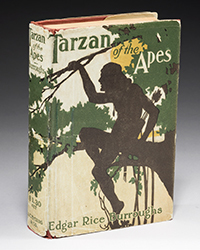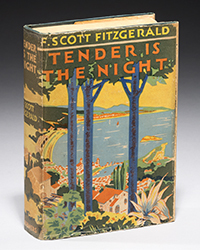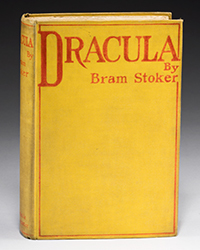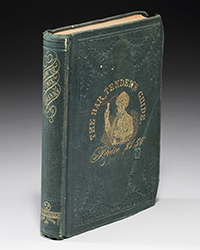My passion for old books about Jamaica goes back to the time I wrote the book History of Jamaica from 1494 To 1838 (DREAD Editions). That’s when I realized that most French booksellers think that Histoire de la Jamaïque (Londres— fake location, actually Paris, 1750) is the translation of Hans Sloane’s A Voyage to the Islands Madera, Barbados, Nives, S. Christopher and Jamaica (1707), while it is actually a translation of Charles Leslie’s A New History of Jamaica... (London, 1740). I had the opportunity to consult a copy of Sloane’s book at the National Library of Jamaica, in Kingston, Jamaica—it has nothing in common with Leslie’s work. As a matter of fact, it’s never been translated into French. I thus endeavoured to give Charles Leslie and Jamaica justice by opening the eyes of our poor misled booksellers! I published my game-changing find on Rare Book Hub in 2012 (www.rarebookhub.com/articles/1334). It had, I’m afraid but a small and momentary impact—“said by some not to be the translation of Sloane’s work”, is the best I ever obtained in a catalogue. So, I recently decided to have a synchronized reading of A New History of Jamaica /Histoire de la Jamaïque, and to put the dots on the “i” of Jamaica.
The two copies used to carry out this comparative study are Histoire de la Jamaïque (London, 1750) for the French edition (the first and only), and A New History of Jamaica (Dublin, 1749), which is a reprint of A New History of Jamaica from the Earliest Accounts, to the Taking of Porto Bello by Vice-Admiral Vernon (London, 1740)—the French translator most likely had a copy of the first edition, and he translated the XIII letters (the book is built in an epistolary form) in the same order.
The translator was, so the preface of the French edition reads, a retired officer from the French army: “I happened to read this book while serving; it pleased me, and so I translated it.” I conducted my comparative study as such: I would read a passage in English, and then I’d go straight to the French translation of the same passage. It was, I assumed, the best way to proceed. I must say that the French translation is very faithful—and very well done. I expected to find very juicy differences, as France and England were each other’s best enemies, especially in the West Indies, where so many interests were at stake—not to mention religious dissension. At the end of the day, I’ve only listed four slightly altered passages.
-
Letter V (Tome 1, page 276 of the French edition).
The sack of Panama by Henry Morgan and his troops in 1671 was very controversial. The fact that they burnt the whole city to the ground was generally resented and used to darken their deeds. Leslie suggests that the Spaniards might have set it on fire themselves to deprive their enemies from its treasures—then he adds: “For these reasons, it can’t be thought, the ruin of this fine city was owing to any thing else but the Spanish revenge.”
The French translator simply didn’t translate the last sentence—maybe he had doubts?
2. Letter V (Tome 1, page 282).
This one is about Henry Morgan again. The English portrayed him as a national war hero (to justify their dreadful behaviour in America), while the rest of the world saw him as a petty murderer. Leslie, of course, sees him as a true hero, who rose from the rabble, and who: “shows the vast odds betwixt a hardy, couragious(sic), free Briton, and a dastardly, mean-spirited enslaved Spaniard.” A footnote in the 1740 edition underlines: “It is almost needless to say, that this letter was written before the declaration of the present war against Spain.”
The French translator simply says that Morgan showed the difference between a man motivated by “the freedom of his government” and one “bastardized by despotism.”
3. Letter VI (Tome 2, page 10).
Relating a slave uprising on the North Coast, Leslie describes the torments suffered by the White master at the hands of the insurgents. He died, he says: “so inhumanly shatter’d by the cruel hands of a set of men, for whom villains would be a name too kind and gentle.” For some reason, the French translator, usually so precise, simply left out this sentence—maybe he thought there was something more inhumane than slaughtering an Englishman?
4. Letter VI (Tome 2, page 21).
In 1678, a rumour spread in England: the Jesuits were planning to assassinate King Charles II in order to restore Catholicism! This fictitious plot is known today as the Popish plot. Leslie mentions it in his book: “just before the execrable Popish plot came to light; and as a great silly rumours were designedly spread, the island (he means Jamaica), was put into a terrible consternation (he means the sick Governor went back to England).” The French translator wrote: “News spread about what was happening in London; a plot formed by ill-intentioned people towards the government had just been unveiled.”
Apart from these four differences, this is the very same book. So not only is Histoire de la Jamaïque the actual translation of Leslie’s work, but it is also very faithful.
Thibault Ehrengardt




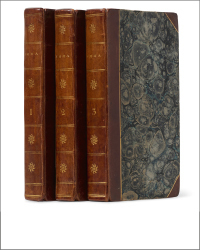
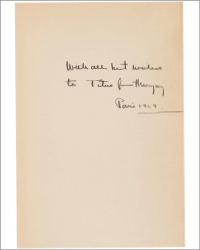






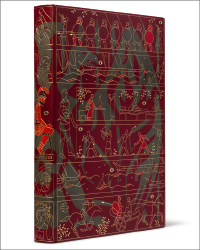
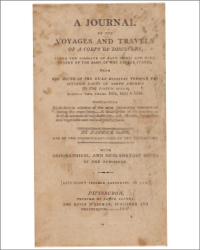


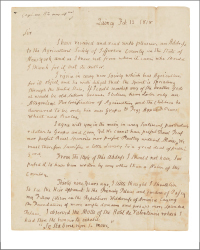

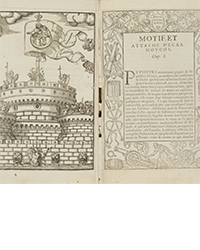
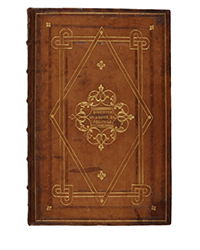
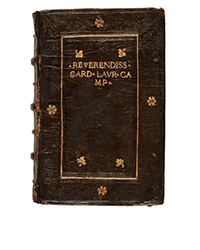
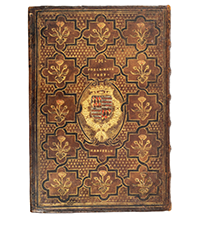
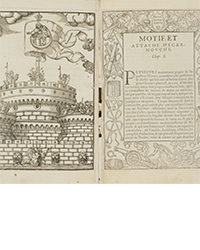

![<b>Sotheby’s, Dec. 16:</b> [Austen, Jane]. A handsome first edition of <i>Sense and Sensibility,</i> the author's first novel. $60,000 to $80,000. <b>Sotheby’s, Dec. 16:</b> [Austen, Jane]. A handsome first edition of <i>Sense and Sensibility,</i> the author's first novel. $60,000 to $80,000.](https://ae-files.s3.amazonaws.com/AdvertisementPhotos/9a74d9ff-42dd-46a1-8bb2-b636c4cec796.png)


![<b>Heritage, Dec. 15:</b> John Donne. <i>Poems, By J. D. With Elegies on the Author's Death.</i> London: M[iles]. F[lesher]. for John Marriot, 1633. <b>Heritage, Dec. 15:</b> John Donne. <i>Poems, By J. D. With Elegies on the Author's Death.</i> London: M[iles]. F[lesher]. for John Marriot, 1633.](https://ae-files.s3.amazonaws.com/AdvertisementPhotos/8caddaea-4c1f-47a7-9455-62f53af36e3f.jpg)
